The term “bugging out” is a familiar term used by survivalists and so-called conspiracy theory wingnuts, but in recent months it’s become more well-known due to the global COVID-19 pandemic. Really, it’s part of a sound strategy that every person who cares about their safety and well-being should be aware of. If the last few months have shown us anything, it’s that you can never be too over-prepared. Change is inevitable, and being able to adapt quickly to changing circumstances will set you up for success in an unpredictable situation.
In the event of an unprecedented world disaster, the first thing you need is a good evacuation plan. Bugging out requires a proper survival kit (also known as an evac bag, a 72-hour bag, or a get-out-of-dodge bag). Bug out bags are self-contained kits that include all the essentials the average person needs to survive the first 72 hours after a wildfire, any natural disaster, zombie apocalypse, or attack from our alien overlords. It includes obvious things like water and food, but also less obvious essentials including a fire starter and knife.
Bug out bags are not on the fringe. There are whole companies are dedicated to providing would-be survivalists with ready-made bug out bags. Assembling your own is a straightforward and inexpensive alternative, however, that requires common materials found in most tool sheds and garages. Here’s a list of everything you need for a proper DIY bug-out bag.
Bug-Out Bag Essential List
Water
Fire
Tools
Flashlight
First Aid Kit
Bag
First, and most obviously, you need the pack itself. It should be an actual backpack, although the exact model you choose is a matter of personal preference. The bag should be durable, water-resistant (ideally waterproof), and as lightweight as possible. You should also be comfortable carrying it fully-loaded for several hours over uneven terrain.
It’s worth noting that you’ll want to fly as under the radar as possible. Stealth is the name of the game here. You want a backpack that looks as low-key as possible — nothing flashy or ornate. Think drab, functional, and military-issue. It should be capable of carrying everything you need to without looking like you’re stocked to the gills. Sociologists and preparedness experts agree the first 72 hours after a disaster are critical. If widespread power outages and food and water shortages last beyond three days, society can start to break down very quickly. You don’t want to become a target for the roving hordes of Mad Max-style bandits looking for guns, booze, and snacks.
Water
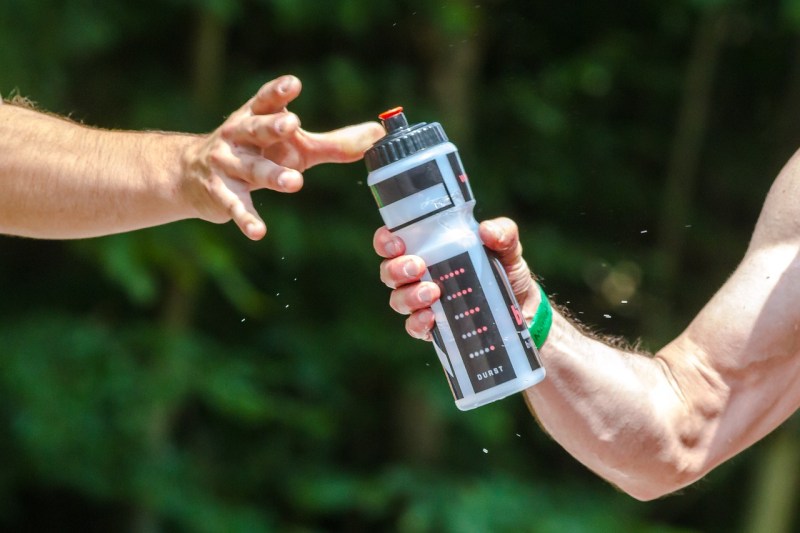
Plan on one liter of water per person per day. In the case of a solo 72-hour bag, that means a minimum of three liters, although a gallon is ideal when you account for bathing, potential spillage, and other unforeseen circumstances. Divide your water stock among several different containers such as a military canteen (good for boiling water), a hard plastic Nalgene bottle, and a collapsible bottle that shrinks down to save space when empty.
There are three main types of water purification: Boiling, filtration, and chemical.
Of course, you can’t possibly pack all the water you’ll need to survive a more long-term situation. In that case, you’re going to need to find and purify water along the way. There are three main types of water purification: Boiling, filtration, and chemical. Your best bet is to plan for access to at least two of these. Boiling can be time-consuming (every batch of questionable water should be boiled for at least 10 minutes) and won’t filter out heavy metals, dirt, and chemicals. It is great, however, at eliminating bacteria, viruses, and many pathogens. The best portable mechanical filtration systems are ideal for filtering out just about everything. Chemical purification tablets like those from Potable Aqua are a solid backup, and they take up little room in your pack.
Fire
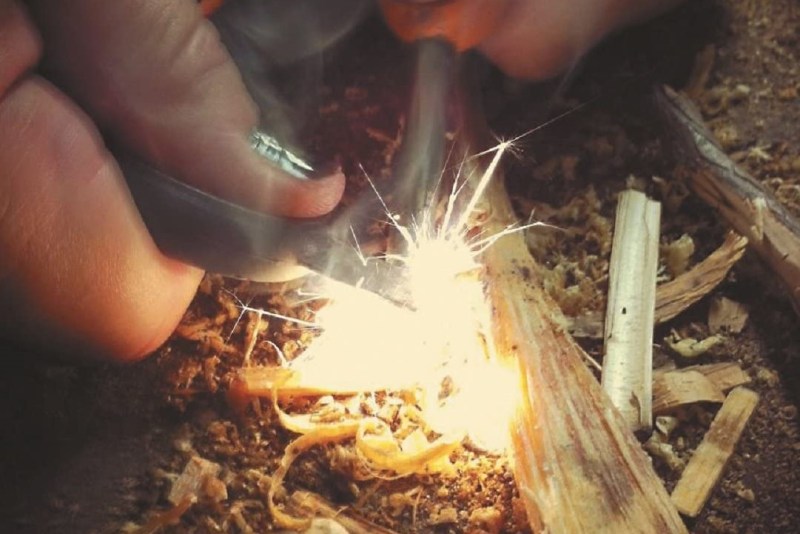
Fire is among the most essential requirements in any survival situation which is why you should plan for at least three different ways to make it. Fortunately, with some advanced planning, you’re all but guaranteed to always have a fire-making kit on hand when you need it.
Pack a fire steel (capable of sparking in all weather conditions), several lighters, waterproof matches, and a bit of tinder. For the latter, a handful of cotton balls doused in vaseline work great, as does dryer lint. Both pack down small and allow you to start a fire almost instantly.
Most importantly, however, an emergency scenario is not the place to learn how to build a fire. Practice with your own kit at home — in your backyard if you have to — until you feel comfortable starting a fire, even in the rain.
Food
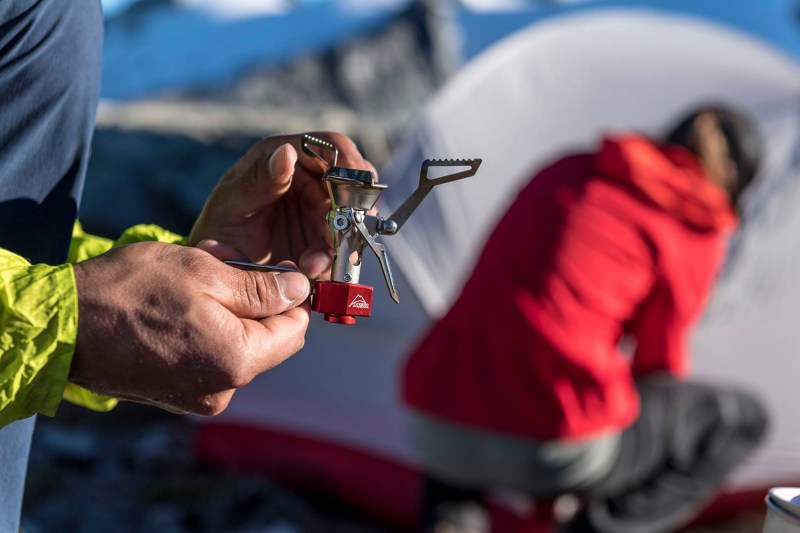
Strictly speaking, you’re perfectly capable of surviving 72 hours without food. Sure, you’ll be hungry, but you won’t die. That said, anything you do eat should feel like a luxury. Here, it pays to think like a polar explorer: Nutrient-dense foods that are portable and packable. Nuts, canned beans, and dehydrated camp meals (whether self-prepared or mil-spec MREs) are all solid options. Candy and energy bars are great supplements as well.
Companies like Huel sell nutrient-rich meal replacement powders that mix into cold water, eliminating the need for cooking. One cup of Huel powder meal replacement protein
If you’re cool with forgoing taste in favor of an ultra-light pack, you can skip food prep tools altogether. If, however, you opt to bring anything that needs preparing, you’ll need to plan for cooking it. At a minimum, your mess kit should include a small metal pot, a lightweight spork, and a metal cup with collapsible handles. Ideally, all the pieces of your kit should nest inside one another to maximize packability. Lastly, you’ll want a lightweight stove — the ultra-portable MSR PocketRocket 2 is a great choice — plus a couple of fuel canisters. Plan on relying on making and cooking over a fire whenever necessary, but having a camp stove is a wise backup.
Meal replacement protein bars:
Travel stove:
Tools
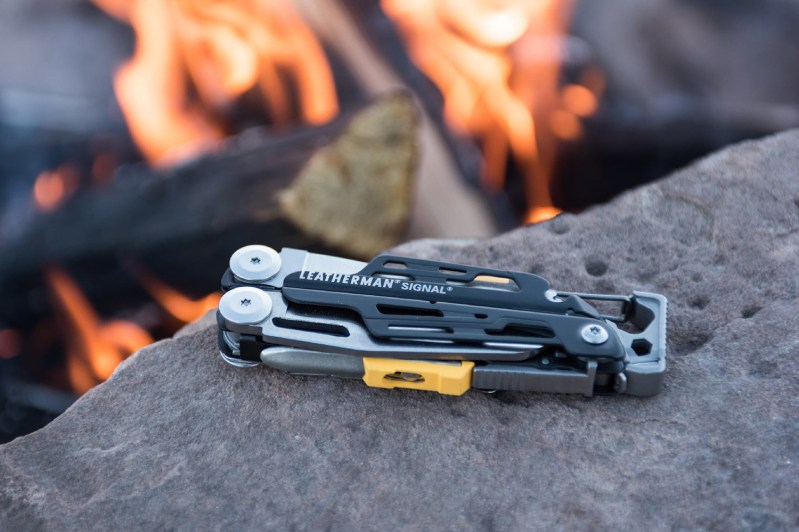
In a true survival scenario, the tools you carry will be just as important as your survival skills. A multi-tool is essential. Leatherman offers an extensive line of well-built products that, at a minimum, usually include pliers, screwdrivers, a folding knife blade, and wire cutters. This limited toolset should provide everything you need to tackle even complex mechanical tasks no matter where you are.
Another great tool is a fixed-blade survival knife. The exact model comes down to personal preference, but an overall length of 8-10 inches is versatile enough for splitting wood, chopping, cooking, and a host of other tasks. As a bonus, it comes in handy as a weapon if you need it.
Light
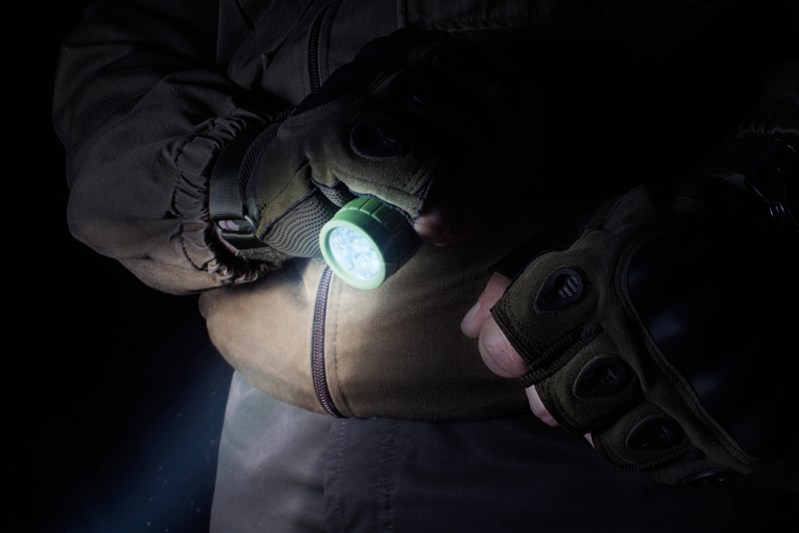
A proper fire will provide most of the light you’ll need in a survival situation. However, it’s wise to pack several backup lighting sources. In addition to lighters and waterproof matches, a handful of small, nine-hour candles is a smart choice. Glow sticks, a proper headlamp, and tiny LED flashlights or keychain lights are also ultra-portable and guarantee focused task lighting when you need it.
First Aid Kit
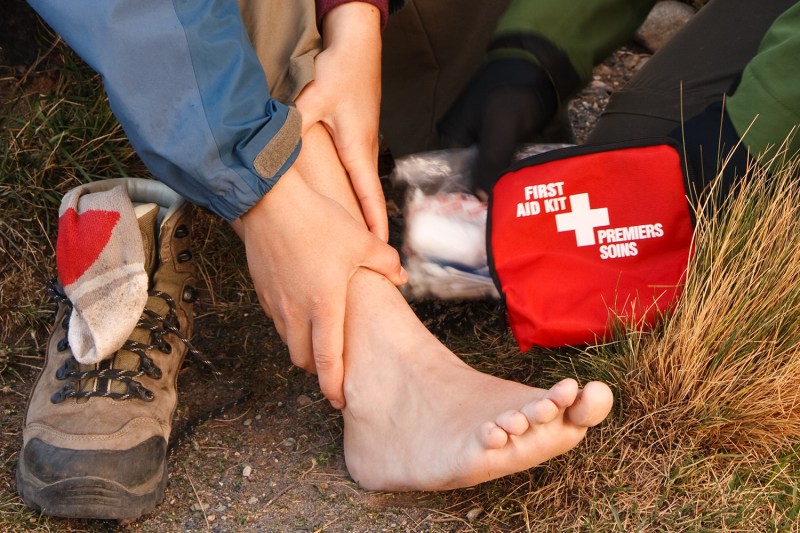
It’s cheap and easy to prepare your own portable first aid kit, and most folks already have the supplies to do so in their home medicine cabinet. However, prepackaged first aid kits often include better quality — sometimes hospital-grade — equipment.
Adventure Medical Kits offers several great options for around $10-20. At the very least, be sure to pack adhesive bandages in a variety of sizes, butterfly closure bandages, gauze dressing, and rubbing alcohol. Standard household painkillers, anti-inflammatory medications, and any personal prescriptions are essential as well. It might be helpful to brush up on your wilderness first aid, too.
What clothing do I need to pack?
Like your survival backpack, clothing is a matter of personal preference. No matter what, you’ll want to think like a backcountry hiker, and that means dressing in layers. At a bare minimum, pack:
- 2 pairs of pants (including the pair you’ll be wearing)
- 2 pairs of underwear (trust us, having an extra pair is one luxury you’ll want to “splurge” on)
- 1 base thermal layer
- 2 mid-weight shirts (1 short-sleeve, 1 long-sleeve)
- 1 mid-weight fleece pullover
- 1 rain jacket
- 1 warm hat
- 1 pair of waterproof hiking boots (ensure they’re comfortable and already broken-in)
- 2 pairs of hiking socks
- 1 military-grade survival poncho (available at most army/navy surplus outlets)
- 1 water-resistant or waterproof insulated jacket (optional; the weight/warmth should be based on the region in which you plan to bug out)
Everything in the list above can be mixed and matched to keep you cool and comfortable in warmer climates, and warm in all but the most frigid regions. Remember the old adage that “cotton kills.” All the clothing in your bug out bag should consist of quick-drying fibers designed to keep you warm even when wet. Merino wool is a great all-around choice.
What other essentials items or skills do I need?
Shelter
In terms of survival essentials, having a reliable shelter is on par with fire-making capabilities. At a minimum, you’ll want to keep dry even if you can’t keep warm. Ideally, you’ll be able to shelter in place at home, a friend’s house, or a backcountry shelter. However, it’s wise to pack a backup option in case things really go sideways.
Ideally, you’ll be able to shelter in place at home, a friend’s house, or a backcountry shelter. However, it’s wise to pack a backup option in case things really go sideways.
The previously mentioned military-grade survival poncho should be designed with built-in grommets so it can double as a make-shift emergency tent in a survival situation. While you’re at it, throw a cheap, reflective emergency survival blanket into your bug out bag as well. They’re available at most dollar stores.
Self-defense
In a relatively short disaster scenario, odds are good that society will keep it together. After that, once food and water supplies start to run dry, civility can quickly turn to desperation. If things get really bad, you’re going to want some way to defend you and yours.
Again, a fixed-blade knife is a good starting point — it serves several purposes, but you must be confident (and hopefully trained) to wield it as a weapon, especially in self-defense. Beyond that, your preferred method of self-defense is up to you. Many survivalists prefer something compact and stealthy like a .357 revolver or another lightweight handgun. For something more robust, shotguns and machetes guarantee a certain intimidation factor, even if you never actually need to use them. Again, please make sure that you are properly trained to handle any of these options.
Communications
It might seem obvious, but remember to pack your cell phone. Cell towers are likely to work — at least for sending text messages, if not for making calls — in all but the worst disaster situations. Be sure to pack two ways to charge it, plus a backup battery and solar or hand-cranked charger. Even better, pack a hand-crank emergency radio as most of these include a flashlight and built-in battery for charging your gadgets.
If you’re keen to spend a bit more, a satellite phone like those from Iridium can be an invaluable tool. Even in the case of regional cell network outages, a satphone will allow you to stay connected anywhere on earth.
More Miscellaneous Gear
Properly packing your bug out bag with all of the gear above will prepare you for almost any situation. Some additional useful items include:
- Cash (useful in many situations)
- Duct tape
- Paracord
- Bandanas (these are incredibly versatile)
- Large plastic garbage bags
- Durable work gloves
- Metal stakes (for your emergency tent)
- Paper and several pens/pencils
- Whistle
If you’re keen on staying comfortable as well, consider packing additional “luxuries” such as:
- Toilet paper
- Travel toothbrush and toothpaste
- Bar soap
- Hand sanitizer
- Sunglasses
- Earplugs
- Insect repellent
If you are preparing to shelter in place during an emergency situation, here’s everything you should have stocked inside your home. Or you can upgrade to a luxury doomsday bunker.
Article originally published on January 3, 2019.



